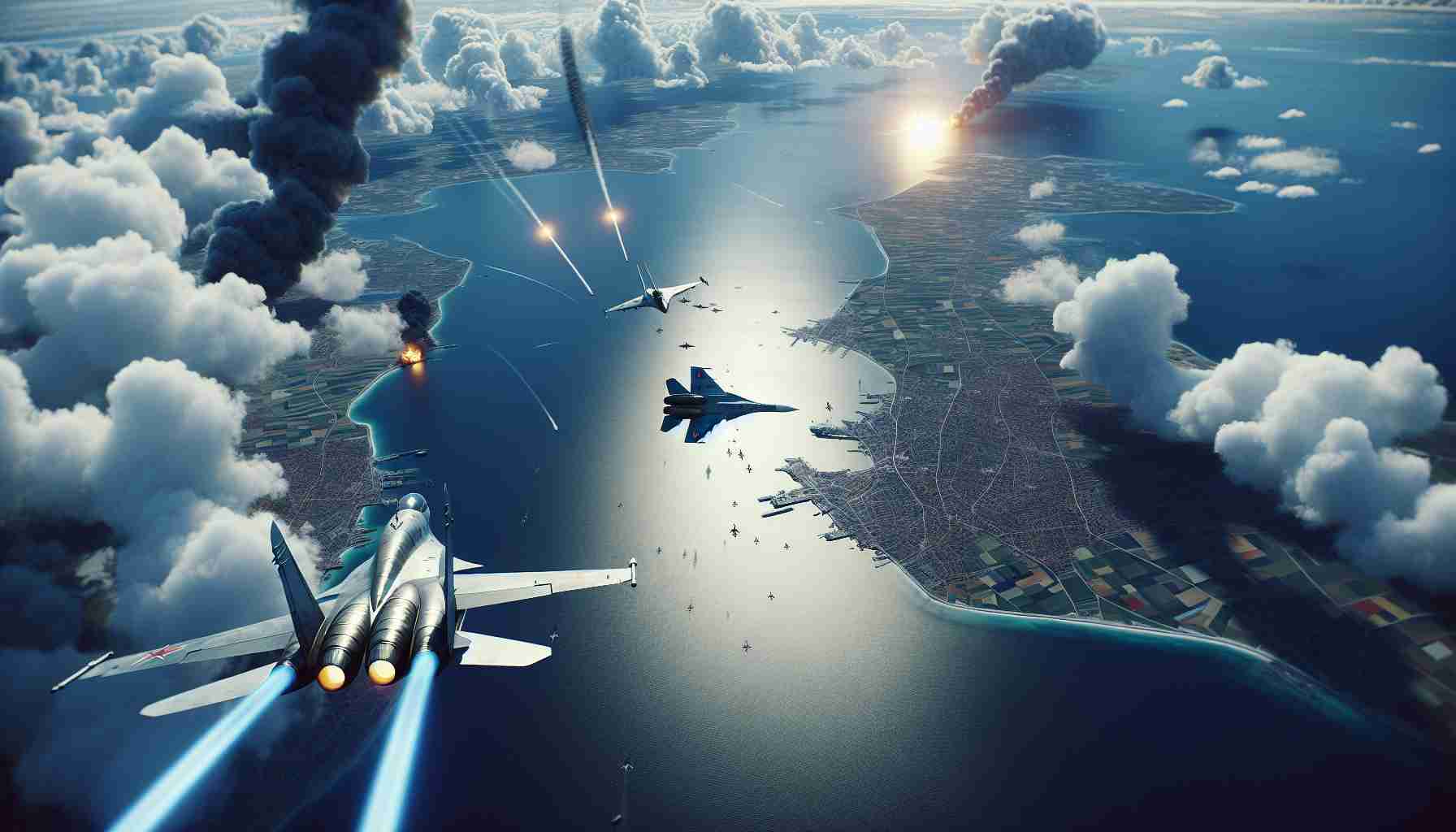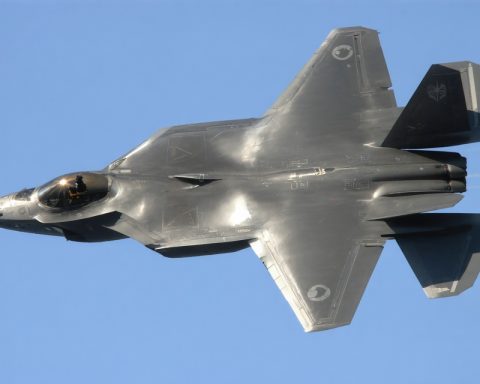In a significant development over the Baltic Sea, NATO forces intercepted three Russian aircraft, showcasing the ongoing tensions in the region. Two F-35 multirole fighters, stationed in Estonia since December, executed their maiden interceptions as part of NATO’s Quick Reaction Alert (QRA) operations. These missions are triggered when unidentified aircraft approach NATO airspace.
On a particularly eventful Friday, the QRA activated twice to counter potential threats. Initially, the NATO forces detected a Russian An-72 transport aircraft and a SU-24MR conducting electronic reconnaissance. Later in the day, an Il-20 reconnaissance jet was identified. The F-35s meticulously tracked these aircraft, ensuring they remained outside NATO’s airspace boundaries.
The Defense Minister of the Netherlands, Ruben Brekelmans, emphasized the role of Dutch troops in Estonia. Their mission is to safeguard collective airspace against possible threats, highlighting the active presence of Russian forces near NATO territories. He remarked on the increased activity, indicating ongoing challenges at the eastern edge of NATO’s defense perimeter.
This incident recalls another interception in August, where Polish F-16 fighter jets intercepted a Russian Il-20 over the Baltic. These repeated encounters underscore the ongoing vigilance of NATO forces to protect their skies against unauthorized intrusions.
Tensions remain high as NATO continues to counter frequent airspace challenges, ensuring the security and integrity of its member nations.
NATO’s Aerial Dominance: Interceptions, Innovations, and Future Trends
Rising Tensions and NATO’s Preparedness in the Baltic Skies
The recent interception of Russian aircraft over the Baltic Sea by NATO forces underscores a complex geopolitical landscape marked by increased vigilance and sophisticated military tactics. As NATO maintains its Quick Reaction Alert (QRA) operations, the deployment of advanced F-35 multirole fighters stationed in Estonia plays a pivotal role in safeguarding the alliance’s airspace integrity. These events not only highlight current tensions but also showcase the cutting-edge capabilities and strategic innovations within NATO’s defense apparatus.
Feature Spotlight: F-35 Multirole Fighters
The use of F-35 jets in recent interception missions represents a significant upgrade in NATO’s aerial defense strategies. These fighters boast advanced stealth technology, superior electronic warfare capabilities, and unmatched agility, making them an ideal choice for quick response scenarios. Their deployment in Estonia enhances NATO’s ability to monitor and counteract potential threats effectively, providing an agile defense solution against unauthorized airspace intrusions.
Strategic Insights: The Quick Reaction Alert System
NATO’s QRA operations are crucial in quickly identifying and responding to unidentified aircraft that pose potential threats near member states’ borders. These operations involve continuous monitoring and immediate deployment of fighter jets, such as the F-35s, to intercept and identify unknown entities. This system exemplifies NATO’s commitment to maintaining airspace security and serves as a deterrent against possible aggressive behaviors.
Compare and Contrast: NATO vs. Russian Reconnaissance Efforts
The ongoing interceptions highlight a strategic dance between NATO and Russian reconnaissance efforts. While NATO heavily invests in advanced fighter technology and swift response initiatives, Russian tactics often involve aircraft such as the Il-20 and SU-24MR, known for electronic reconnaissance. This comparison sheds light on the evolving nature of military strategies and technological advancements, emphasizing the need for continuous modernization on both sides.
NATO’s Defense Perimeter: Market Analysis and Predictions
The Baltic region’s strategic importance continues to drive investments in military infrastructure and personnel, as seen in the deployment of Dutch troops supporting NATO’s missions in Estonia. Market analysis reveals increasing budgets for defense capabilities aligned with geopolitical shifts and heightened security threats. Looking ahead, experts predict a sustained focus on enhancing air defense systems, integrating AI and machine learning for better threat detection, and increased multinational collaborations to solidify NATO’s perimeter defenses.
Security Aspects: Ensuring Member Nations’ Safety
In light of these evolving threats, NATO’s emphasis on security and member nation integrity remains paramount. Deployments and practices like the QRA operations not only provide immediate defense solutions but also foster a sense of collective security among NATO allies. This collective approach ensures that any potential threats are met with a comprehensive and united response, reinforcing the alliance’s strategic objectives.
In these turbulent times, the ongoing commitment of NATO to adapt and counter airspace challenges highlights its dedication to maintaining stability and peace in a contentious geopolitical environment. For further insights and updates on NATO’s operations and innovations, visit the official NATO website.











